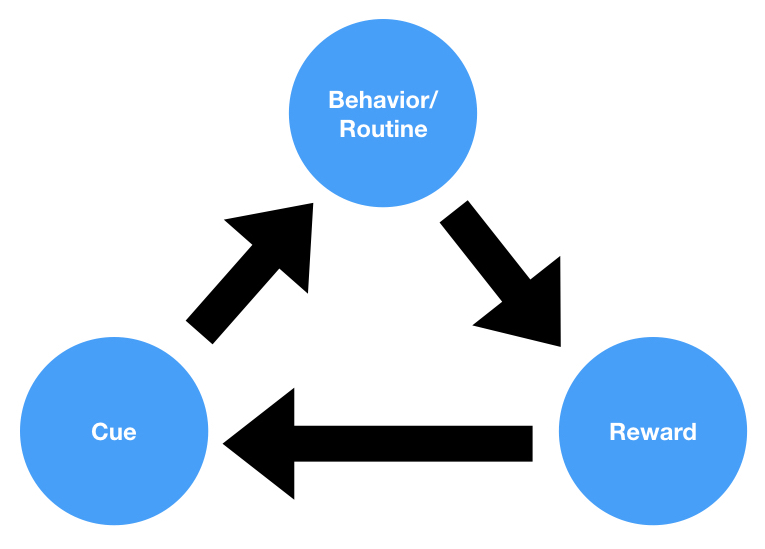What is Social Identity Theory?
Social Identity Theory (SIT) is a psychological framework that seeks to explain intergroup behavior and the formation of social identities. Developed by Henri Tajfel and John Turner in the 1970s, SIT posits that individuals derive a sense of self-esteem and belonging from their membership in social groups. These groups can be based on shared characteristics such as nationality, ethnicity, gender, or even preferences and interests. According to SIT, individuals are motivated to enhance the status and positive distinctiveness of their in-group relative to out-groups, which can lead to ingroup bias, stereotyping, and discrimination. The theory emphasizes that social identities are fluid and context-dependent, as people may shift their identification with different groups depending on the situation and the perceived benefits of group membership.
Examples of Social Identity Theory
-
Sports Team Rivalries
Fans of opposing sports teams may exhibit strong ingroup favoritism and out-group derogation, leading to intense rivalries and even acts of aggression between fans.
-
Nationalism and Patriotism
Identification with one’s country can lead to feelings of national pride and support for national policies, but may also contribute to xenophobia and discrimination against immigrants or other nations.
-
Political Affiliation
Identification with a political party can foster loyalty to the party’s policies and leaders, but may also result in biased judgment, polarization, and animosity towards members of the opposing party.
-
Corporate Culture
Employees may identify with their company’s values and culture, leading to increased job satisfaction and commitment, but also potentially to competition and conflict with employees from rival companies.
Shortcomings and Criticisms of Social Identity Theory
-
Overemphasis on Group Dynamics
SIT has been criticized for placing too much emphasis on the role of group dynamics in shaping individual behavior, while downplaying the influence of personal characteristics, beliefs, and values.
-
Reductionism
Some critics argue that SIT oversimplifies complex social phenomena by reducing them to a single motivational principle (i.e., the pursuit of positive social identity), which may not fully capture the diversity of human behavior and experience.
-
Underestimation of Intergroup Cooperation
SIT has been criticized for focusing primarily on the negative aspects of intergroup relations (e.g., conflict, prejudice), while underestimating the potential for cooperation and mutual understanding between different social groups.
-
Limited Predictive Power
Although SIT provides a useful framework for understanding intergroup behavior, it has been criticized for its limited ability to make precise predictions about specific behaviors or outcomes in a given context.




